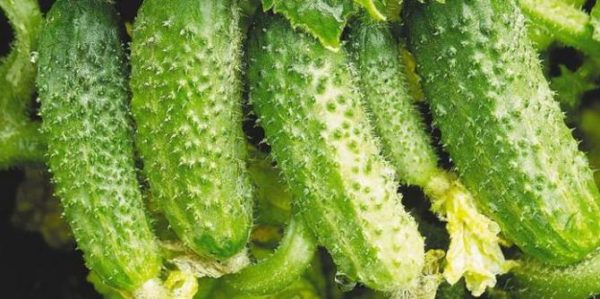Undoubtedly, vegetable culture - cucumber won the love of summer residents with their useful qualities and wide use in everyday life. Cucumber variety Competitor is rich in high content of minerals and vitamins, used in salads and for canning. Its characteristics will be given in the further description.
Table of contents
The origin and characteristics of the variety
Variety The competitor was bred in 1980 by the Crimean breeders. The early ripe grade pollinated by beescharacterized by high yield. It grows in warm regions. The ripening period of fruits on average up to 50 days from the time of planting seeds.
The root system develops approximately 40-45 days, then development stops. The stalk begins to grow rapidly and releases a mustache, which it clings to the support. The leaves are heart-shaped. Fruits are dark green in color, knobby and covered with small spikes, cylindrical in shape. Fruit weight 90-125 gr. Length up to 12 cm.
Variety Competitor - the advantages of cucumbers
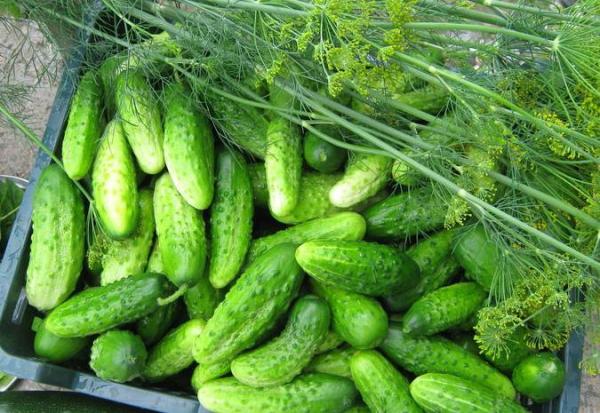
Cucumber Competitor has the following advantages:
- refers to dietary, low-calorie foods (96-98% moisture);
- due to its salt content it slows down aging;
- prevents the formation of kidney stones;
- a high iodine content improves the functioning of the thyroid gland, heart muscle and blood vessels;
- fiber content improves intestinal function and cleansing from cholesterol;
- potassium relieves puffiness, lowers blood pressure;
- activates the brain, prevents the development of sclerosis;
- strengthens the gums, teeth;
- high yield;
- good pollinability;
- 98% seed germination and high endurance seedlings;
- disease resistance (powdery mildew; bacteriosis);
- prolonged fruiting;
- grows equally well in greenhouses and open soil;
- fruit size from 10 to 12 cm, which is convenient for canning.
Description of deficiencies
This variety has few minuses, they are expressed by the following features:
- with a lack of moisture, a bitter taste appears;
- when overriding, the skin turns yellow, cracks, loses its flavor.
Seed preparation
Seeds should be soaked for 15 minutes in saline:
- water - 1 liter;
- salt - 30-35 grams.
Unsuitable, empty seeds that have risen to the surface, collect and discard. The rest is well washed with running water and disinfected by soaking for 24 hours in a weak solution of manganese.
Before planting seeds in the soil is recommended to germinate. To do this, lay out the seeds in a container and cover with a damp cloth.The fabric is constantly moistened so as not to dry out. When the seeds give a sprout, not more than ½ the size of seeds, they must be planted in the ground. Long germination is not allowed, as there will be difficulties with engraftment. Germination is carried out after May 20. Seeds germinate 7-10 days.
Seedlings are planted in the prepared soil in early June. It is recommended to initially plant it under the film. The most optimal temperature is + 20-25 degrees. Soil temperature is not lower than 15 degrees. The soil should be wet, but not wet. High temperature, more than 35 degrees reduces the growth of seedlings. In this case, you need to do shading.
To plant seedlings should be in rows with a distance of 40-45 cm from each other and at least 40 cm should be between the rows.
Soil preparation for cucumber
The soil for cucumbers should be prepared in autumn.. Cucumbers will grow well in the garden, where tomatoes, onions or potatoes were previously grown. Organic fertilizers are introduced into the soil - cow dung or chicken manure from the calculation: 13-15 kg of manure per 1 sq. M. meter. In the spring they dig up the bed and loosen it, after which they make mineral fertilizers - phosphorus, potassium, and nitrogen.Fertilizers should be applied three weeks before transplanting.
Planting seedlings
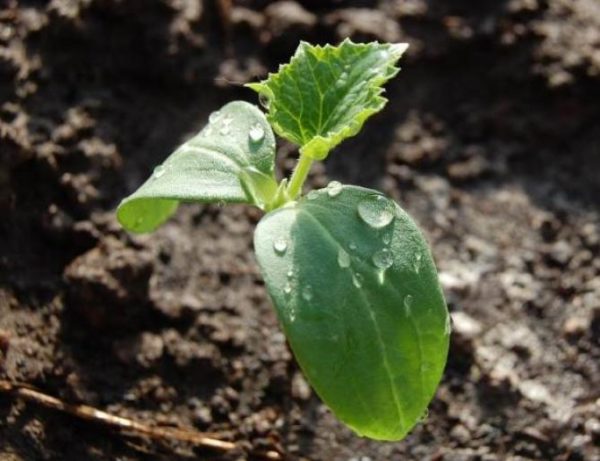
To plant seedlings in open ground should be in 21-30 days after planting. Two days before planting it in open ground, the seedlings must be fed. To do this, prepare a solution in the following ratio:
- water - 10 liters;
- urea - 15 grams;
- superphosphate - 40 grams;
- potassium - 10 grams.
Solution consumption - 10 liters per 2 square meters. meter
Growing seedlings, planting in open ground
It protects against powdery mildew damage, from pests, simplifies maintenance, increases productivity, and prolongs the period of fruiting. Harvesting is easier and more convenient.
Installation trellis:
- Dig a trellis bollards. The distance between the rows is 70 cm.
- Stretch the cucumber net or wire in 3-5 rows to a height of 1.5-1.8 meters.
- In the prepared soil to plant seedlings, which will be on 4 sheets. Planted on 1 square. meter no more than 15 pcs.
- As the stem grows, it is necessary to tie it up to the trellis.

When landing there is a vertical support.
Care and watering
Variety The competitor likes abundant moisture, so it needs regular watering.. The main thing is not to overdo it.Excessive watering can be caused by infection with a fungus. Watering cucumbers should be from a watering can, or using a drip irrigation system, moistening the soil around. Prevent soil leaching from stalks to prevent root rot. Water should be warm.
Watering is better in the evening, as moisture is retained in the soil. When watering in the morning there is a large evaporation, and moisture will not be enough. Watering should be done every other day. A low amount of moisture slows growth, as the cucumber root system does not produce moisture on its own. During the flowering period, it is necessary to feed the fermented solution of cow dung or chicken manure.
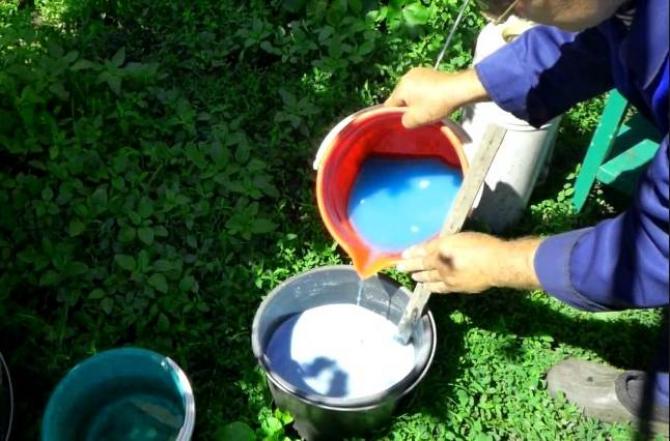
To increase the ability to pollinate, spray cucumbers with a solution:
- Water - 1 liter;
- Sugar - 100 grams;
- Boric acid - 2 grams.
During the fruiting period, the frequency of watering should be increased. An insufficient amount of moisture during this period will lead to the bitterness of the fruit.
Types of diseases and prevention
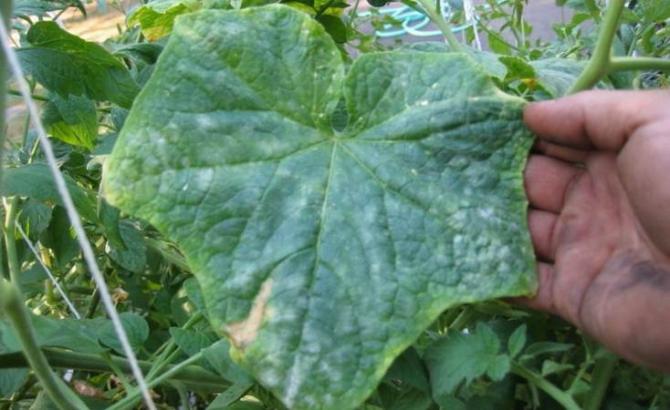
Among the most common diseases of cucumbers:
- Powdery mildew;
- Angular spotting (bacteriosis);
- Cladosporiosis
For the prevention of these diseases, seedlings should be treated with Bordeaux mixture. Processing should be done if there are 2-4 sheets in the seedlings in the morning or in the evening to prevent leaf burns.
Variety The competitor has gained great popularity among gardeners due to its unpretentiousness, ease of cultivation and care, disease resistance. Observing the simple rules of care, you get a rich harvest.
